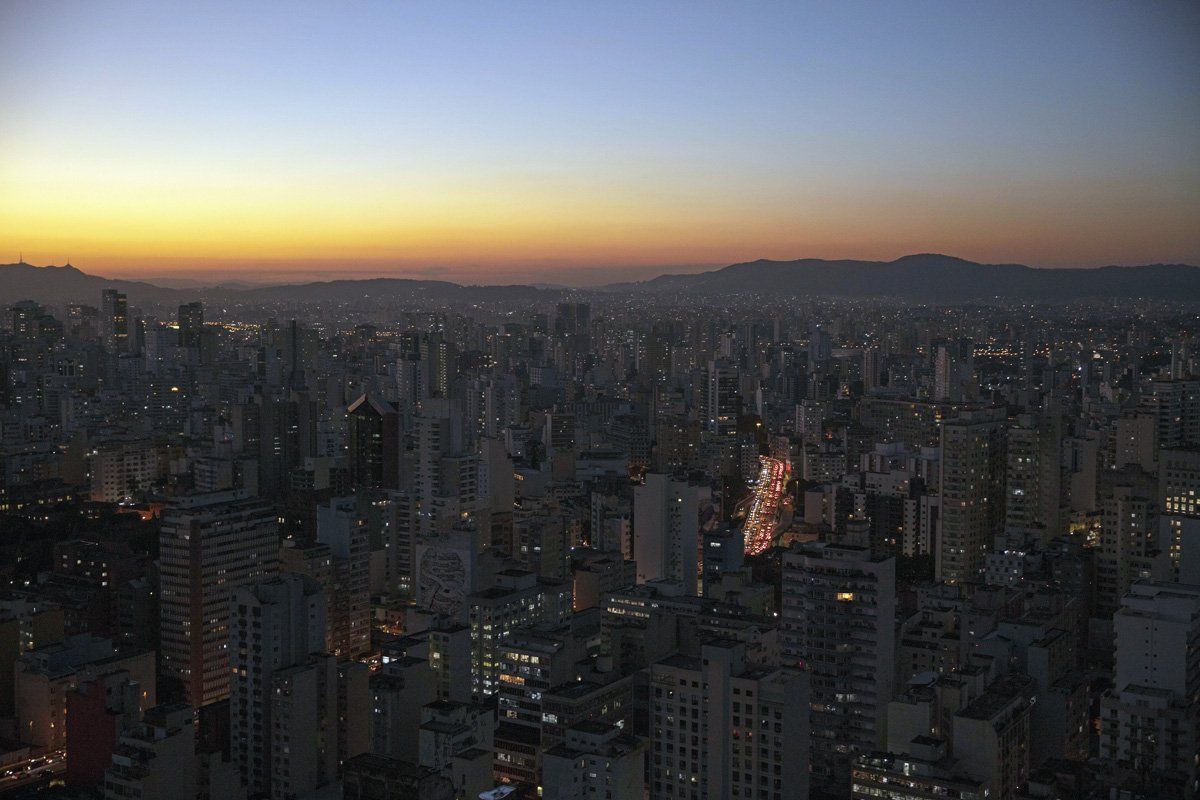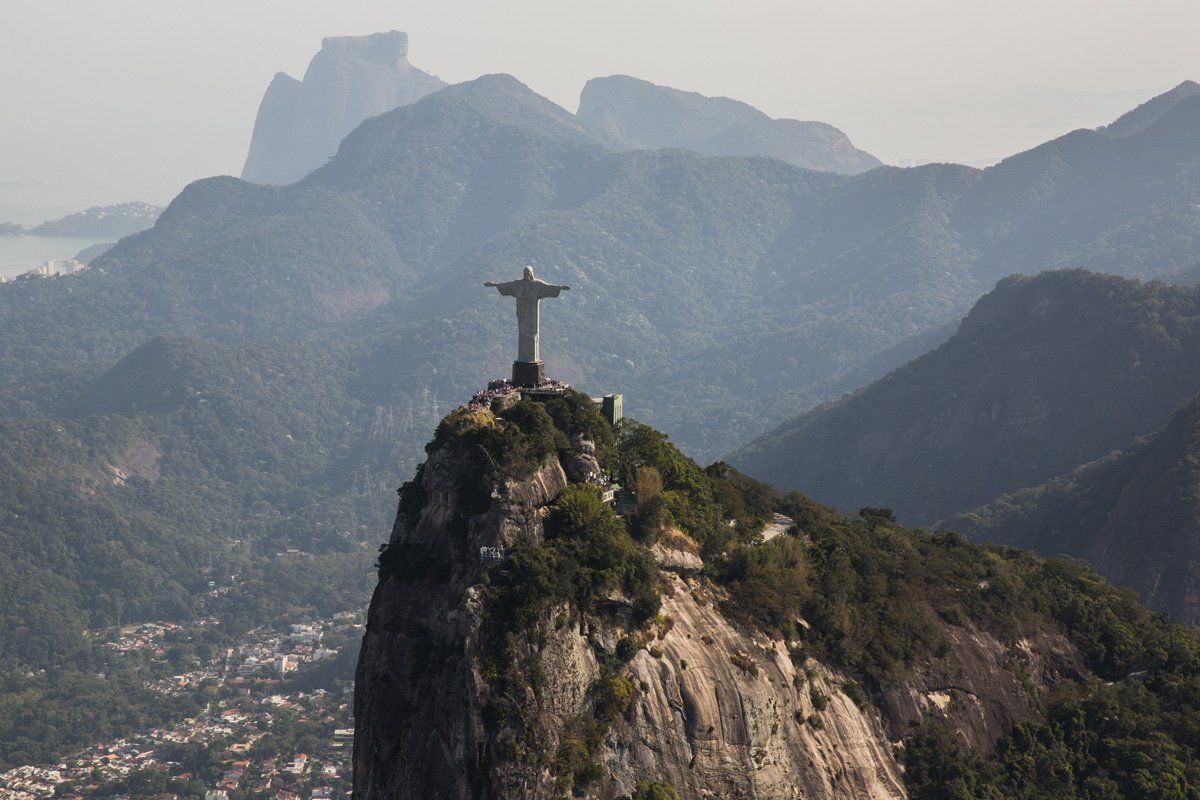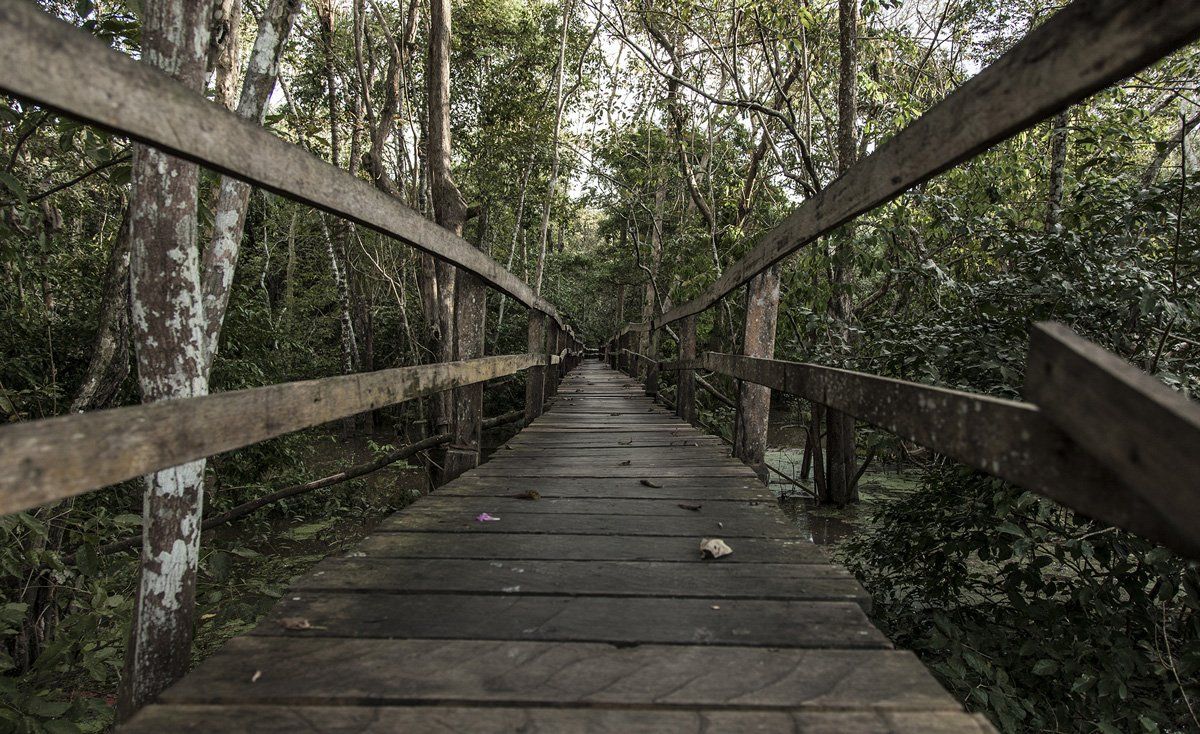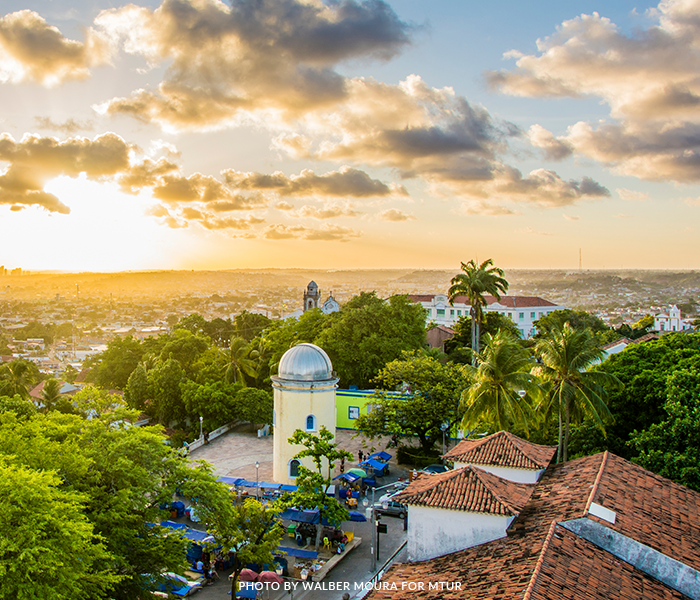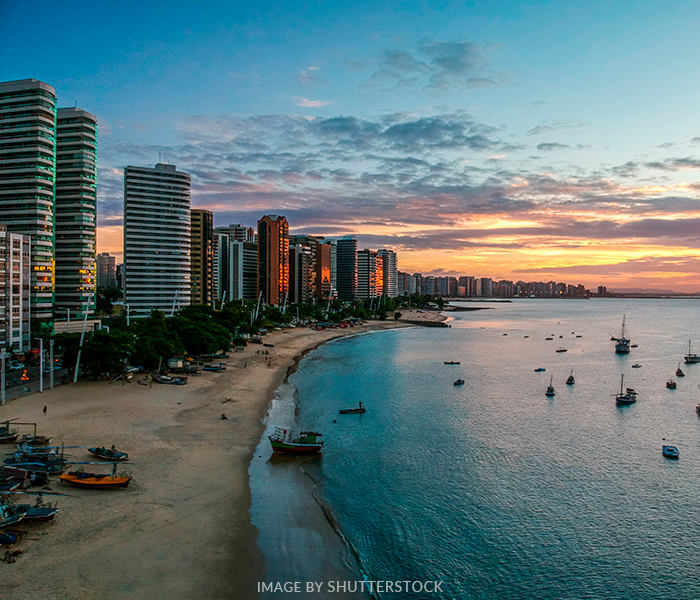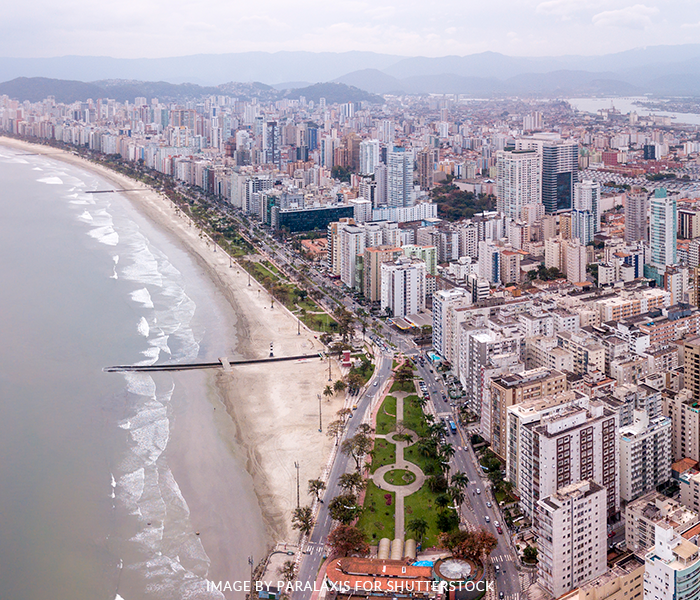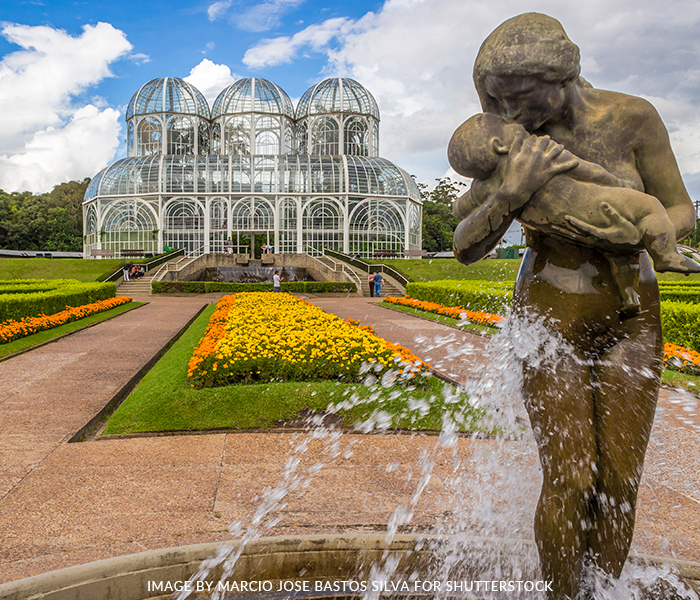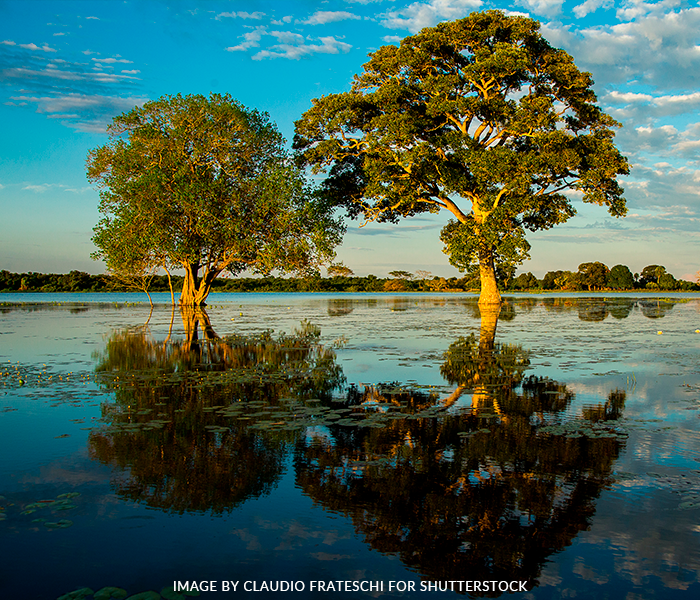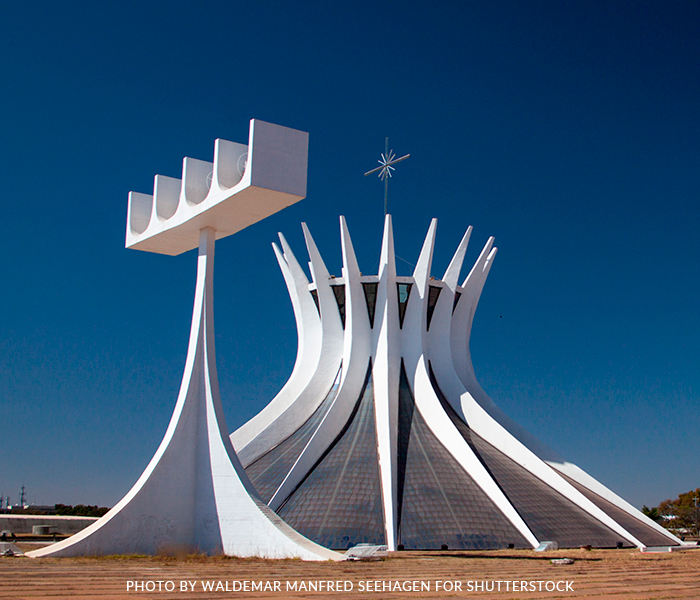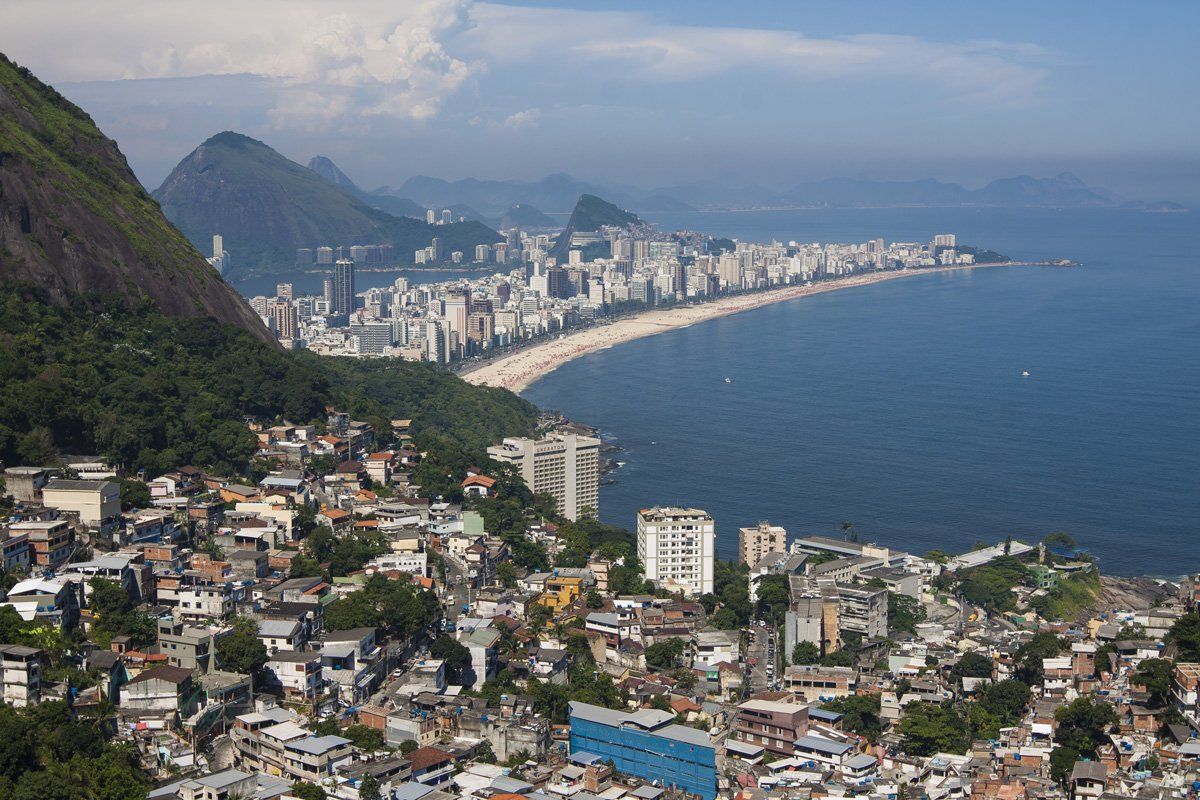Welcome to Belém! A perfect mix of unique city, the wild Amazon - and cars, boats, skyscrapers and rivers.
The city, founded as the gateway to the Amazon over 400 years ago, is the biggest in population, a vast hub in the north of Brazil. A melting pot of cultures and sights, Belém offers to filmmakers a plethora of unique locations and diverse settings.
Known for its hot and humid climate, indigenous-inspired cuisine and religious costumes, Belém has been the backdrop for productions such as the music video
No Chão Novinha — by Brazilian popstar Anitta —, the Netflix show
Cidade Invisível (Invisible City) and the soap opera
A Força do Querer. In 2025, Belém will be the host city for the
COP30, the biggest event about climate change in the world.
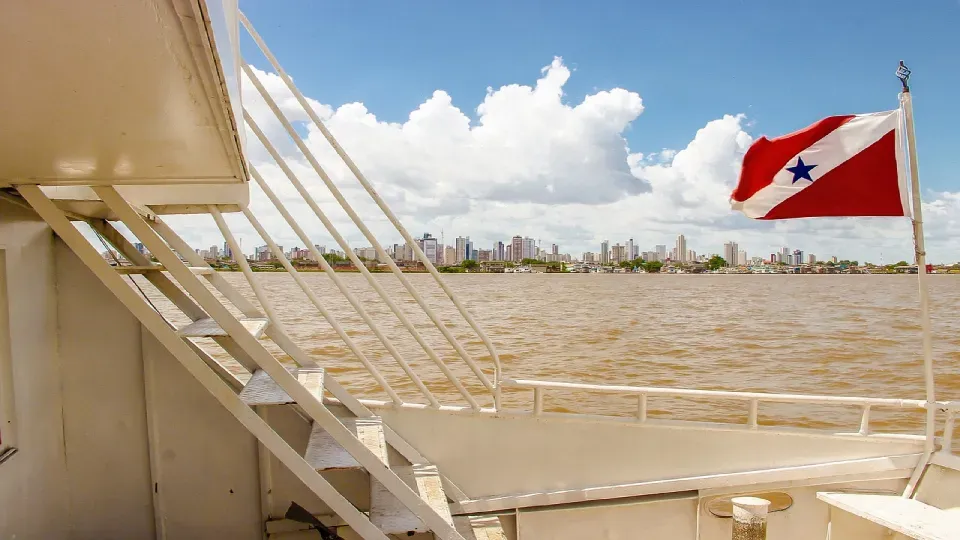
In order to get you ready to film in the City of the Mango Trees, we have created a guide with an overview of Belém, its highlights and the possible difficulties, and all the best tips to get together an ideal crew in Brazil.
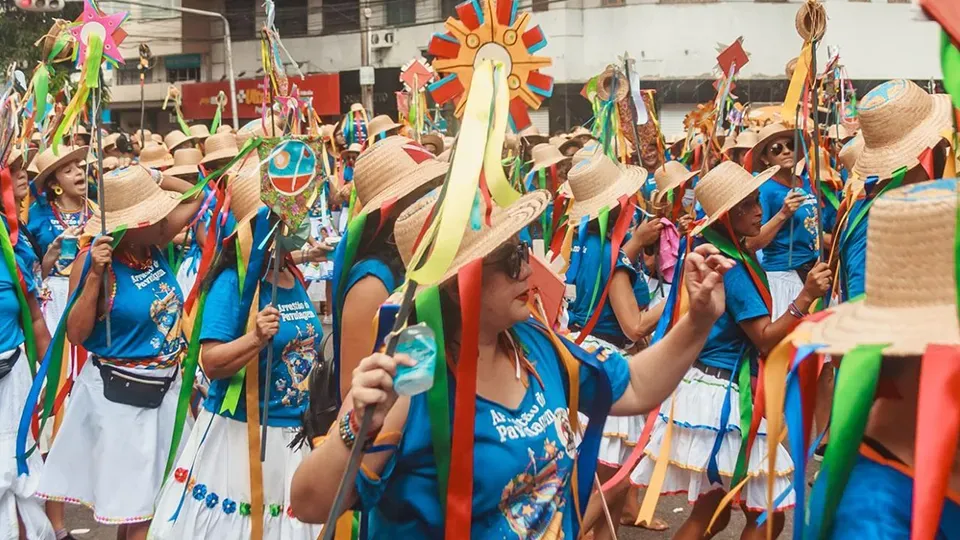
Why film in Belém?
The capital of the state of Pará is a well-known but mostly unexplored city in Brazil — it has the potential to be the perfect scenery for any type of filming production.
Here are a few reasons why:
01 Rich and mixed culture
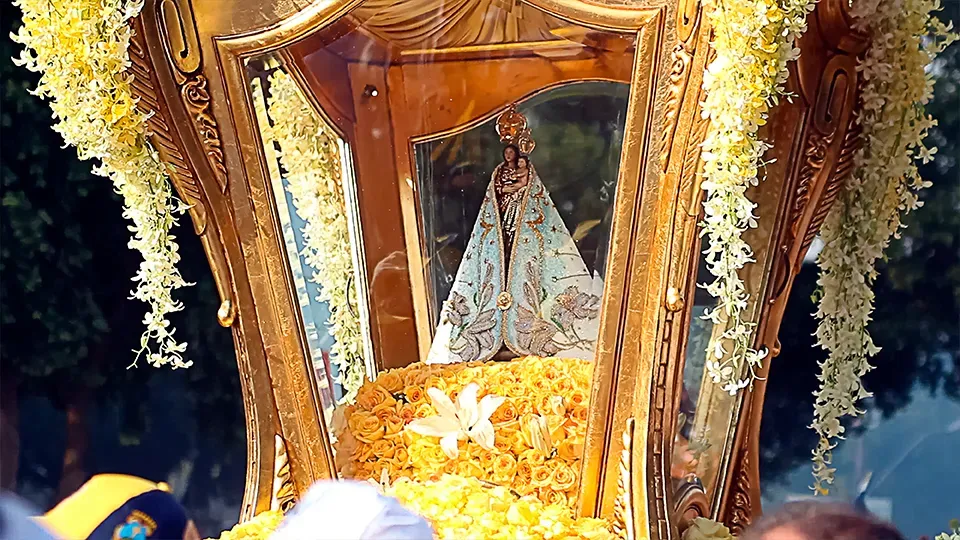
To say that Belém is a melting pot of cultures is an understatement. Pará is one of the states with the biggest Black,
Japanese, Lebanese and indigenous populations in Brazil, and its capital encompasses all of this in its culture, mixing traditions and creating new ones, like the
Círio de Nazaré. Known to locals as the
Paraense Christmas, it is a Catholic mass and procession in
October, celebrating Our Lady of Nazareth, but observed in the homes of Belém by dishes such as
maniçoba, an indigenous pork stew made with the leaves of the cassava plant. Other than that, you’ll also be able to find sushi with local river fishes, kibe with jambu and many more local-immigrant dish combinations.
02 Awarded cuisine
Remarked as a UNESCO Creative City of Gastronomy, the city's culinary traditions reflect the rich cultural heritage of the region, combining indigenous ingredients and cooking techniques with Portuguese spices and flavours. Some of the must-try dishes include pato no tucupi, a flavorful duck dish served in a savoury sauce made from fermented manioc juice, and tacacá, a popular street food soup made with tucupi (manioc broth), shrimp, and jambu herb, which provides a unique tingling sensation on the palate.
And not to mention açaí — known worldwide as a fitness super-berry — and other fruits and fishes you will find nowhere else in the world. The abundance of local fruits and fishes not only adds depth to Belém's cuisine but also highlights the city's strong connection to its natural surroundings.
From the lush rainforests to the winding rivers, the local culinary offerings reflect the region's rich biodiversity. So, if you plan to shoot a cooking show, Belém is definitely the place to go.
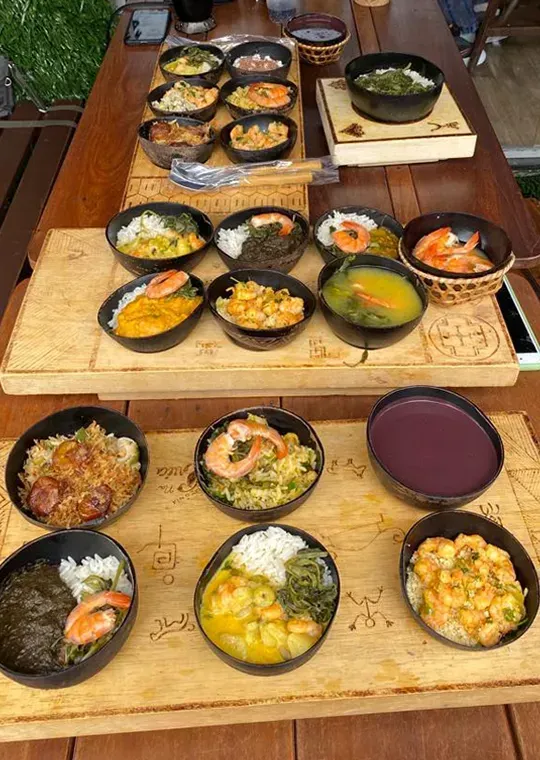

03 Vibrant nature
Speaking of lush rainforests, Belém is blessed with exuberant nature that seamlessly blends with the city's urban landscape, creating a harmonious coexistence between man-made structures and surrounding natural wonders. The town's commitment to preserve its ecological treasures is evident in landmarks such as Ilha do Combu and its numerous parks.
Ilha do Combu, a picturesque island located in the
Guajará
Bay, about 10 minutes from the mainland, is a prime example of Belém’s dedication to maintaining its natural heritage. Here, filmmakers can capture the enchanting beauty of the Amazon rainforest, with its towering trees, winding waterways, and diverse wildlife. All of these natural wonders have guided tours giving locals the chance to showcase their lifestyle and handmade products.
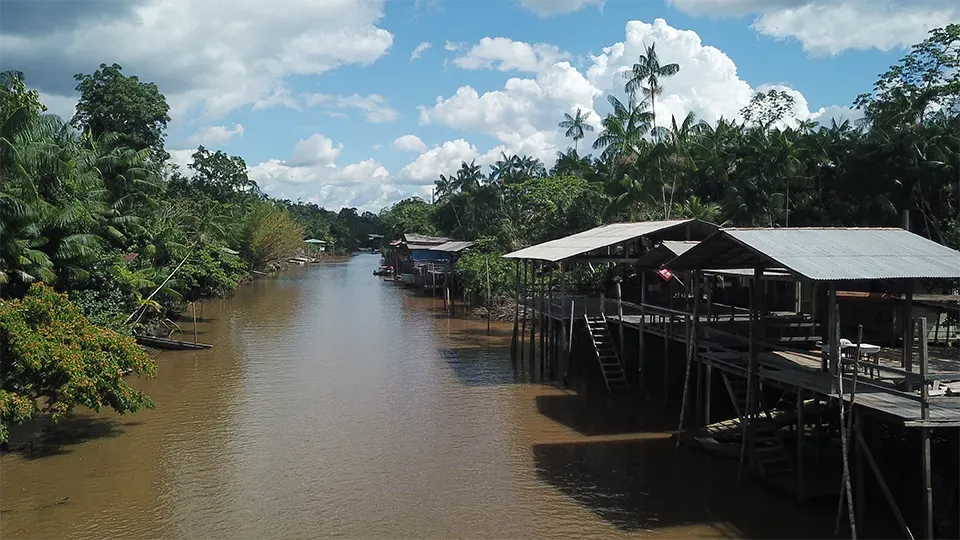
Moreover, Belém is home to several parks, such as Mangal das Garças and Bosque Rodrigues Alves, where filmmakers can showcase the lush greenery, vibrant flowers, and tranquil settings that offer respite from the bustling city. The integration of these natural spaces within Belém allows filmmakers to capture breathtaking scenes that showcase the local unique blend of urban life and the awe-inspiring wonders of the Amazon rainforest.
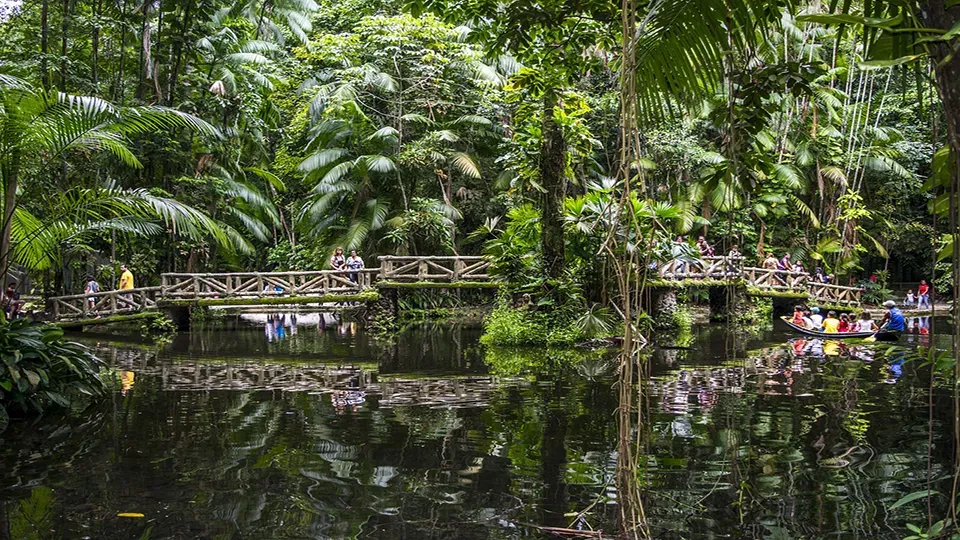
04 Unique architecture
Even if not as big as São Paulo, one of the standout features of Belém is its architecture. The city boasts a fascinating blend of architectural styles, ranging from colonial buildings to modern structures, reflecting the historical narrative of the region.
The
colonial architecture is abundant in charming facades, wrought iron balconies, and intricate details that harken back to the city's European roots, mixed in with the opulence and innovation of the
belle époque, characterised by the influence of France in the region. The biggest example of this is the
Threatro da Paz —
its stones were brought in from Europe.
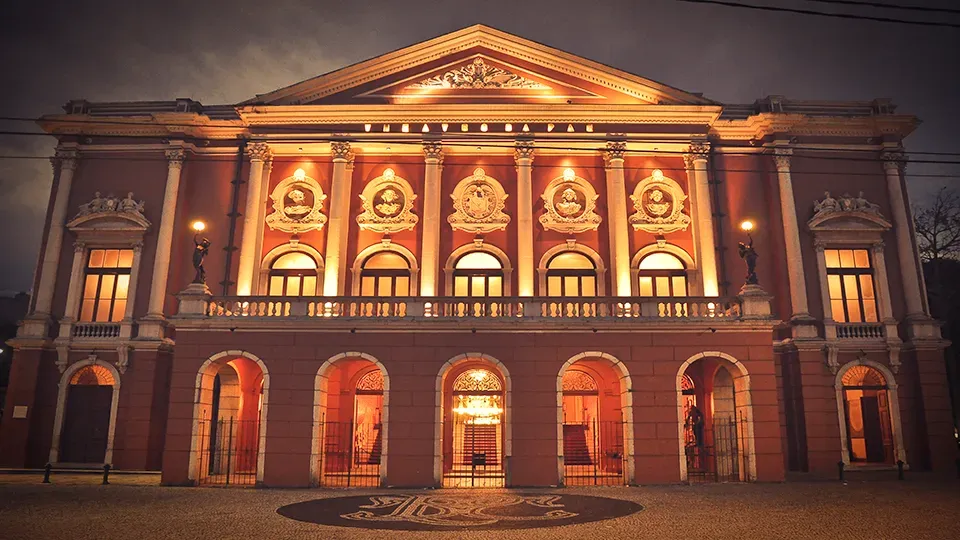
Although some buildings may look European, Belém is still an uniquely Amazonian city. Buildings are adapted to the local climate, with steep roofs designed to shed rainwater and protect from the sun. Many of Belém's churches and theatres feature artworks that pay homage to the region's indigenous heritage. Paintings and sculptures often depict indigenous figures or incorporate elements of indigenous culture, creating a visual representation of the city's multicultural tapestry.
The architectural panorama of Belém, with its colonial and
belle époque buildings, the adaptation to the local climate, and the incorporation of indigenous influences, offers filmmakers a visually rich canvas to frame their stories. The juxtaposition of European elegance and Amazonian spirit creates a captivating visual narrative that reflects the city's vibrant history and cultural diversity.

05 Warm people
Belenenses are Brazilians, so it is expected that they have the same warm and friendly nature. Belém is known for its welcoming and hospitable community, always ready to lend a helping hand or share a cheerful conversation. Whether you're in need of directions to a specific filming location or seeking insights into the local culture, the people of Belém will gladly assist you with their trademark good nature.
Key facts about Belém
Population: 1.5 million inhabitants
Elevation: 10 meters (33 feet)
State: Pará
Region: North
Time zone: GMT-3
Climate: Humid Tropical, hot and humid with daily rains
Rainy season/winter: November to May
Dry season/summer: April to October
Average temperature: 30°C (86ºF) (dry season) and 23°C (73.4ºF) (rainy season)

Belém — the gateway city to the Amazon — offers filmmakers a captivating blend of rich culture, vibrant nature, unique architecture, warm people, and tasty cuisine. With its dynamic cultural heritage and natural wonders, it promises to be a captivating and unforgettable location for filmmakers to bring their stories to life.
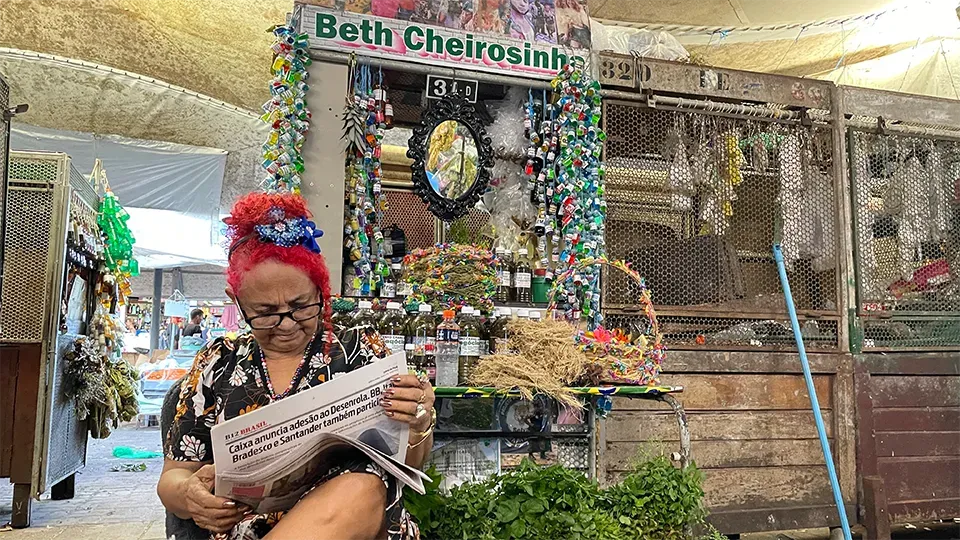
Three facts you probably didn't know about Belém:
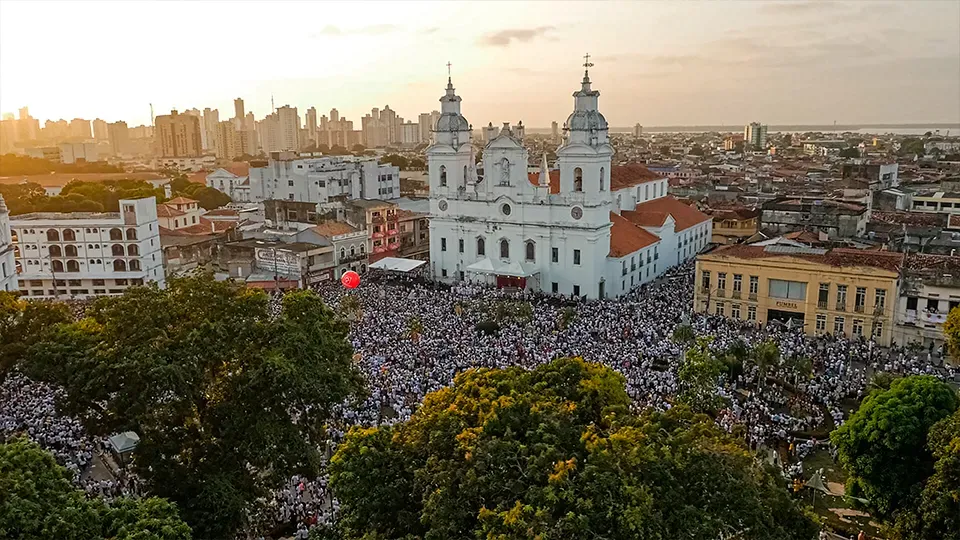
The largest Catholic procession in the world
With a history dating back to two hundred years, Círio de Nazaré takes place on the second Sunday of October, with other smaller processions before and after. Typically drawing around 3 million pilgrims, this event is an impressive display of devotion and celebration, making it a significant cultural and religious landmark deeply intertwined with local identity and a major attraction for tourism.
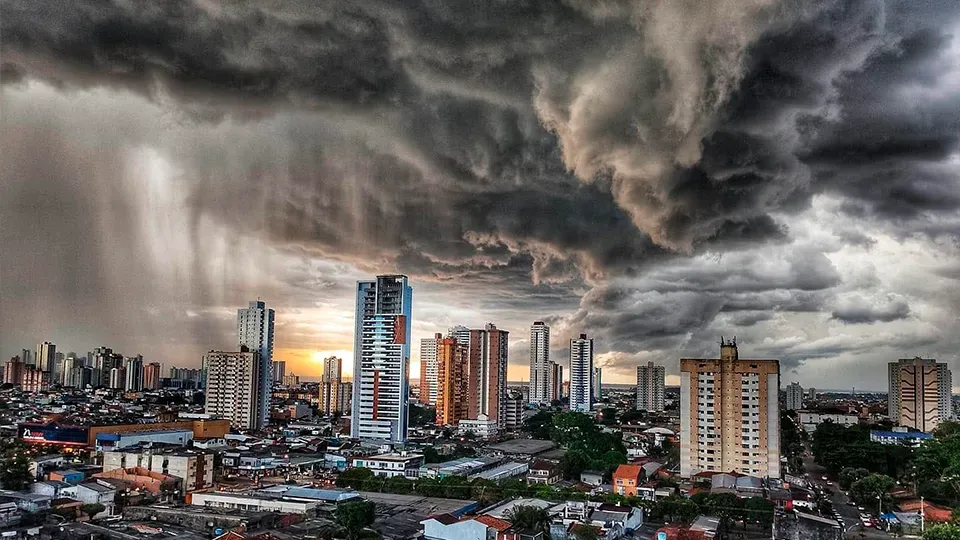
Daily rains
As the name suggests, the rainforest region is wet, humid and with tons of rain. So, brace yourself for the daily robust afternoon showers that can transform the city into a watery magical sight. Sometimes the storm may look apocalyptic, but to locals it is just a regular afternoon. It is usually the perfect moment to enjoy a good bowl of
tacacá.
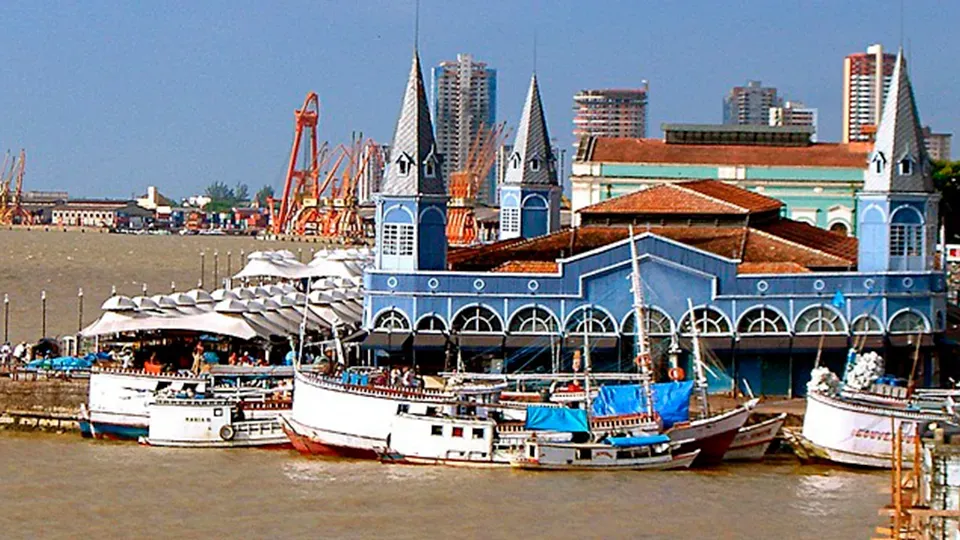
The biggest open-air market in Latin America
Nestled along the Guajará Bay, Mercado Ver-o-Peso is one of the city’s most iconic landmarks. Established in 1901, it is always bustling with music, vibrant colours, shouts from vendors, busy customers, intoxicating aromas, different tastes and unique sights. The market is divided in areas for restaurants specialised in regional cuisine, fruit vendors, the fish market, hand-made crafts, medicinal herbs and more. From indigenous tapestries to savoury Amazonian cuisine, it provides an authentic glimpse into the vibrant culture and traditions of Brazil.
When it comes to bringing your project to life seamlessly in this enchanting destination, trust Story Productions, your reliable production company. With our extensive expertise and local knowledge, we offer the best filming crews in Brazil. Let us be your guide in exploring the hidden gems and cultural richness of Belém while ensuring a successful production.
Contact us now for a personalised quote.








